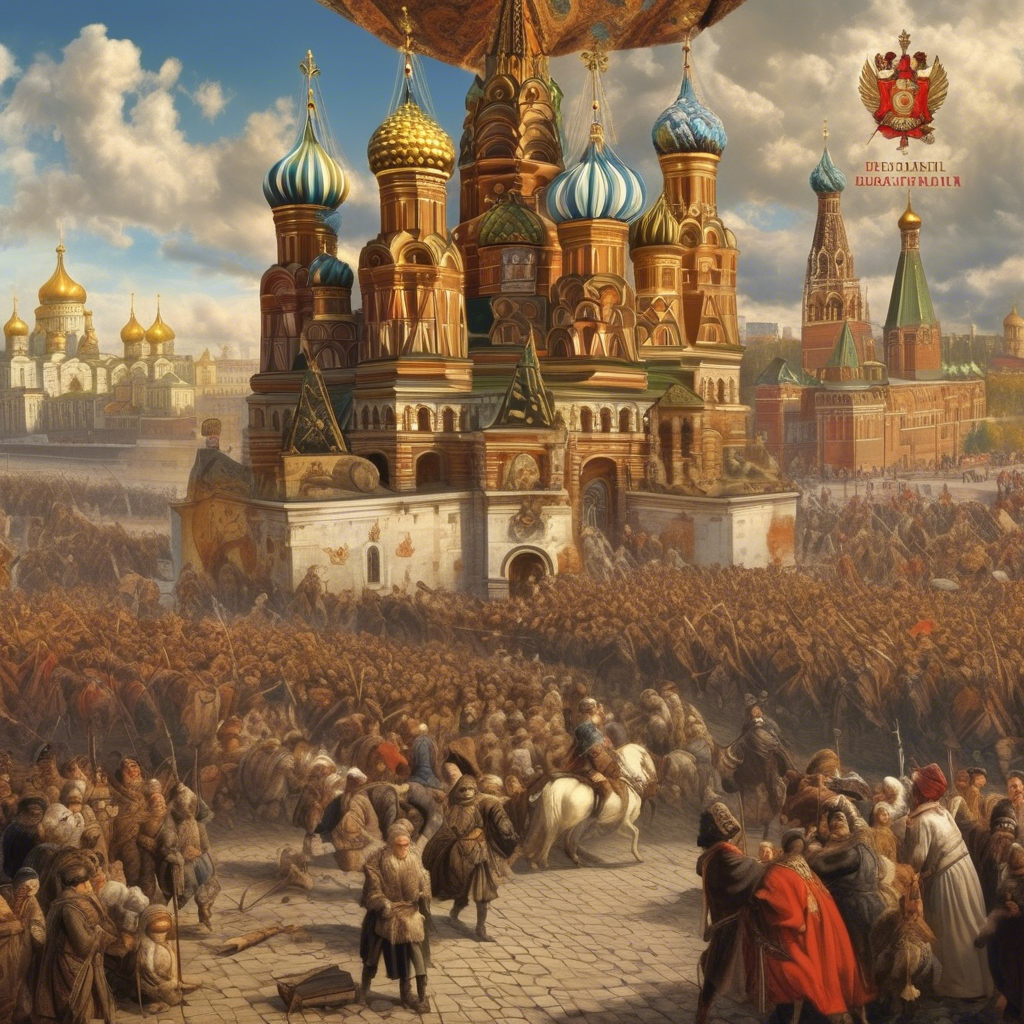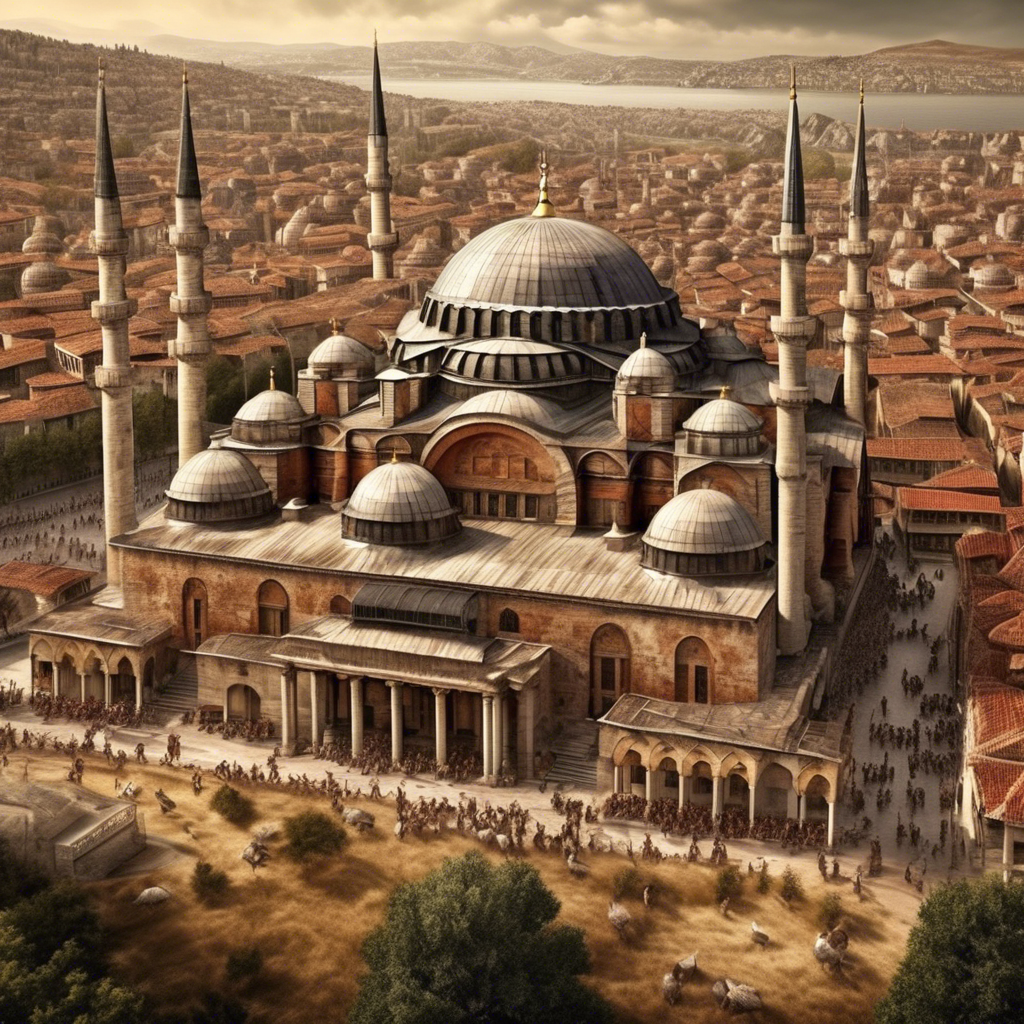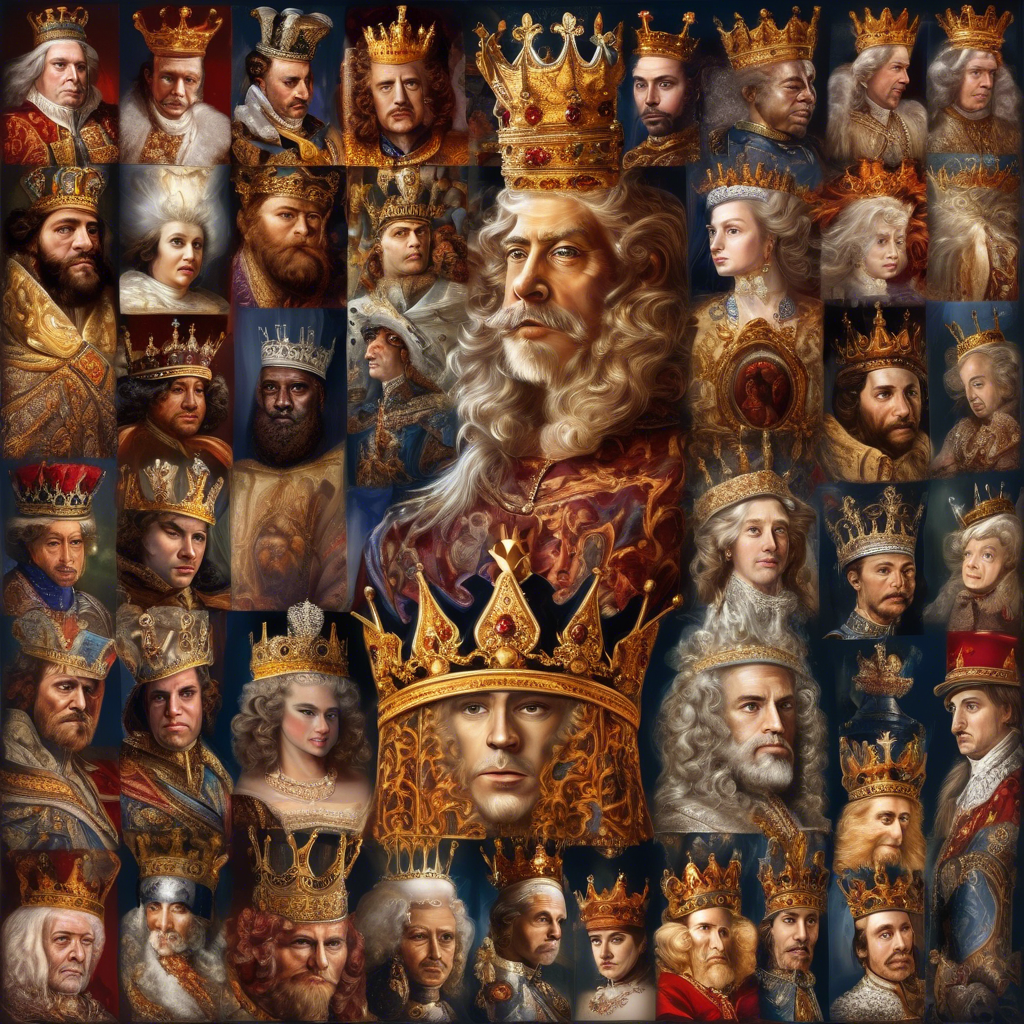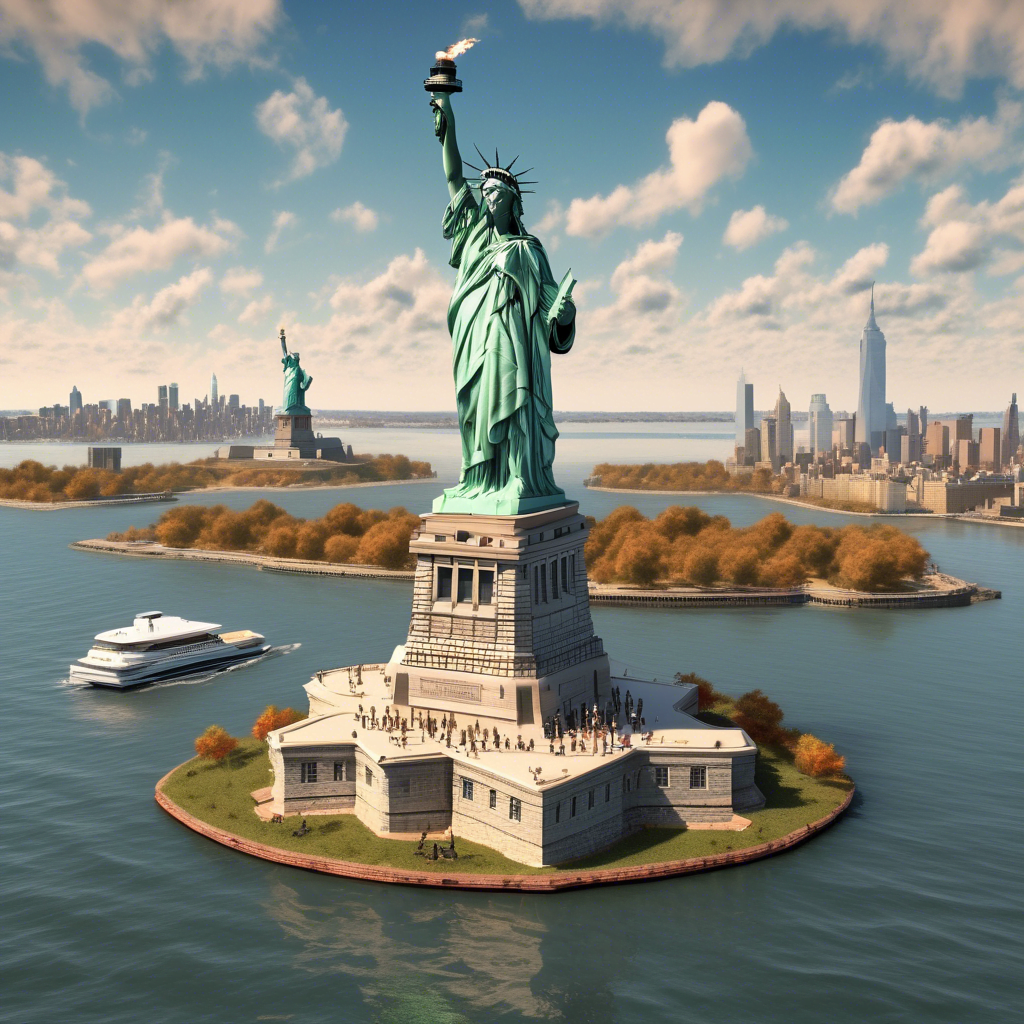
1. Introduction
The history of Russia is a tapestry woven with threads of conquest, innovation, and resilience. Understanding Russia’s past is essential to grasping the complexities of its present and envisioning its future trajectory. This documentation aims to provide a comprehensive overview of Russia’s history, from its early origins to the challenges and opportunities facing contemporary Russia.
2. Early History of Russia
Origins of the Russian State
The roots of the Russian state can be traced back to the medieval principality of Kiev, where Slavic tribes first settled and established a network of city-states. The Varangians, Scandinavian warriors known as the Rus, played a crucial role in the formation of the early Russian state, blending Slavic and Norse traditions.
Kievan Rus
The Kievan Rus, centered around the city of Kiev, emerged as a powerful political and cultural entity in the 9th century under the leadership of Prince Oleg and his successors. The adoption of Orthodox Christianity from Byzantium by Prince Vladimir in 988 solidified Russia’s cultural and religious ties to the Eastern Roman Empire.
Mongol Invasions and the Rise of Moscow
The Mongol invasions of the 13th century, led by Genghis Khan and his successors, devastated the Kievan Rus and reshaped the political landscape of Russia. The rise of Moscow as a prominent principality, under the leadership of Ivan III, marked the beginning of Moscow’s ascendancy as the nucleus of a unified Russian state.
3. Imperial Russia
The Reign of the Romanovs
The Romanov dynasty, which came to power in 1613 with the coronation of Michael Romanov, presided over a period of territorial expansion and cultural flourishing in Russia. The reign of Peter the Great, who modernized and Westernized Russia, marked a turning point in Russian history, positioning the country as a major European power.
Peter the Great and the Westernization of Russia
Peter the Great’s ambitious reforms, including the establishment of St. Petersburg as a new capital and the modernization of the military and bureaucracy, propelled Russia into the ranks of European great powers. The Westernization of Russia brought new ideas, technologies, and cultural influences to the country, transforming its identity and aspirations.
Expansion of the Russian Empire
Under the Romanovs, Russia expanded its territorial holdings through conquest and diplomacy, annexing vast territories in Siberia, Central Asia, and the Caucasus. The Russian Empire’s reach extended from the Baltic Sea to the Pacific Ocean, encompassing a diverse array of peoples, cultures, and landscapes.
4. The Russian Revolution
Causes and Events Leading to the Revolution
The early 20th century witnessed profound social, economic, and political upheavals in Russia, fueled by discontent, inequality, and the strains of World War I. The February Revolution of 1917, which toppled the Romanov monarchy, was followed by the October Revolution, led by the Bolsheviks under Vladimir Lenin.
The February and October Revolutions
The February Revolution, sparked by bread riots and popular discontent, culminated in the abdication of Tsar Nicholas II and the establishment of a provisional government. The October Revolution, orchestrated by the Bolsheviks, brought Lenin to power and set the stage for the creation of a socialist state.
Rise of the Bolsheviks and the Establishment of the Soviet Union
The Bolsheviks, under Lenin’s leadership, embarked on a radical transformation of Russian society, nationalizing industry, redistributing land, and proclaiming a new socialist order. The establishment of the Soviet Union in 1922, comprising Russia and other Soviet republics, heralded a new era of communist rule and ideological conflict with the capitalist West.
5. Soviet Russia
Lenin and Stalin Era
The early years of Soviet Russia were marked by internal strife, economic hardship, and political repression. Lenin’s death in 1924 paved the way for Joseph Stalin’s rise to power, ushering in an era of collectivization, industrialization, and political purges. Stalin’s ruthless consolidation of authority and cult of personality left a lasting imprint on Soviet society.
Collectivisation and Industrialisation
Stalin’s policies of collectivization and industrialization, aimed at transforming the agrarian economy and modernizing industry, led to widespread hardship, famine, and upheaval. The forced collectivization of agriculture and the rapid industrialization of the 1930s laid the foundation for Soviet industrial might but exacted a heavy toll on the population.
World War II and the Cold War
World War II, known as the Great Patriotic War in Russia, tested the resilience and sacrifice of the Soviet people as they fought against Nazi Germany on the Eastern Front. The Soviet Union’s victory in the war, at a staggering human cost, solidified its status as a global superpower and shaped the geopolitics of the Cold War era.
6. Post-Soviet Russia
Collapse of the Soviet Union
The dissolution of the Soviet Union in 1991, following years of economic stagnation, political turmoil, and nationalist movements, marked the end of the communist experiment in Russia and the other Soviet republics. The peaceful breakup of the Soviet empire unleashed a wave of political, economic, and social transformations across the region.
Yeltsin Era and Economic Reforms
The post-Soviet period, characterized by the presidency of Boris Yeltsin, witnessed a tumultuous transition from a planned economy to a market economy. Yeltsin’s economic reforms, known as shock therapy, aimed to liberalize and privatize the Russian economy but led to widespread hardship, corruption, and social dislocation.
Putin’s Rise to Power and Consolidation of Authority
Vladimir Putin’s ascent to the presidency in 2000 marked a shift towards a more centralized and authoritarian rule in Russia. Putin’s leadership style, characterized by a blend of nationalism, pragmatism, and assertiveness on the global stage, has solidified his grip on power and reshaped Russia’s domestic and foreign policies.
7. Contemporary Russia
Political Landscape and Challenges
Contemporary Russia faces a host of political challenges, including concerns about democratic backsliding, human rights violations, and political repression. The Kremlin’s control over the media, civil society, and opposition parties has raised questions about the state of democracy in Russia and the prospects for political pluralism.
Social and Economic Developments
Russia’s economy, heavily reliant on natural resources such as oil and gas, has faced volatility due to fluctuating global prices and economic sanctions imposed by Western countries. Social inequalities, regional disparities, and demographic challenges pose ongoing obstacles to Russia’s economic development and social cohesion.
Russia’s Role in the Global Arena
As a major world power with nuclear capabilities and a permanent seat on the UN Security Council, Russia plays a crucial role in shaping global politics, security, and diplomacy. Its interventions in conflicts in Ukraine, Syria, and other regions have drawn international scrutiny and raised concerns about Russia’s assertiveness and strategic ambitions.
8. Conclusion
The history of Russia is a testament to the resilience, adaptability, and complexity of a nation situated at the crossroads of Europe and Asia. From the grandeur of the Russian Empire to the tumultuous upheavals of the Soviet era and the challenges of contemporary Russia, the country’s history offers valuable insights into the forces shaping its present and future trajectory. Studying Russia’s past helps illuminate the ongoing struggles, aspirations, and contradictions that define its identity and role in the world.
9. References
This documentation draws upon a range of scholarly works, historical sources, and contemporary analyses to provide a comprehensive overview of the history of Russia. The following list includes selected references for further reading and research:
1. Pipes, Richard. Russia Under the Old Regime. New York: Charles Scribner’s Sons, 1974.
2. Figes, Orlando. A People’s Tragedy: The Russian Revolution 1891-1924. New York: Viking, 1996.
3. Kotkin, Stephen. Stalin: Paradoxes of Power, 1878-1928. New York: Penguin Press, 2014.
4. Sakwa, Richard. Russia Against the Rest: The Post-Cold War Crisis of World Order. Cambridge: Cambridge University Press, 2017.




Leave a Reply